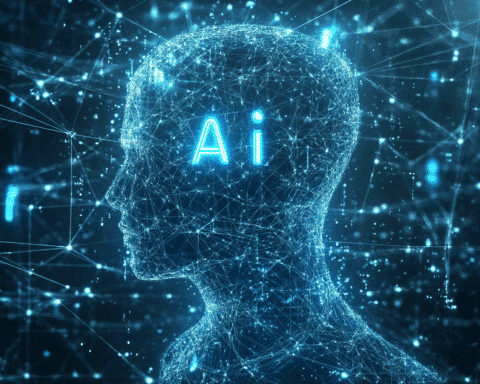OpenAI has released its latest artificial intelligence model, GPT-4, which exhibits human-level performance. GPT-4 is an improvement on generative AI models and can generate readable text and unique images.
The AI model can also figure out tax deductions and answer questions in a Shakespearean pirate style.
A Radical Improvement on Previous Versions
GPT-4 is more reliable, creative, and can handle more nuanced instructions than its predecessor, GPT-3.5. OpenAI demonstrated GPT-4’s capabilities in an online demo, showing it to be a radical improvement on previous versions.
The AI model can quickly come up with the proper income tax deduction after being fed reams of tax code. OpenAI President Greg Brockman says GPT-4 is not perfect, but it’s an amplifying tool that lets users reach new heights.
The Future of the Internet
Generative AI technology like GPT-4 could be the future of the internet, according to Microsoft. Machine-learning systems like GPT-4 can converse, generate readable text on demand, and produce novel images and video based on a vast database of digital books and online text.
These breakthroughs have the potential to transform the internet search business and numerous professions. GPT-4 is one step closer to life imitating art and paves the way for AI to be used as a commodity tool on a daily basis, according to Mirella Lapata, professor of natural language processing at the University of Edinburgh. GPT-4 is not perfect, but it is a significant advancement that could have a profound impact on society.
A Large Multimodal Model
GPT-4 is a large multimodal model that can be fed both text and images to come up with answers. The AI model can identify unusual things in an image, such as a man ironing clothes on an ironing board attached to the roof of a moving taxi.
GPT-4 is steerable, allowing users to customize responses in the style of a Shakespearean pirate or other styles. The AI model is better than its predecessor, GPT-3.5, at generating unique and creative responses, as demonstrated by its ability to summarize an article using words that all start with the letter G.
Limitations and Caution
While GPT-4 has impressive capabilities, experts caution about being misled by its fluency with language, as it does not think in a human-like way. GPT-4 also has a limitation of not knowing much about anything that happened after September 2021, as it was trained on data before that date.
OpenAI has improved GPT-4’s safety by training it to refuse requests for sensitive or “disallowed” information, but it is still possible to elicit bad behavior from it. ChatGPT, a language model trained by OpenAI, gained notoriety for providing inaccurate and false information, and sometimes even being disparaging to users.
OpenAI acknowledged that GPT-4 still has limitations and warned users to be careful when using its outputs. GPT-4 is not fully reliable and can still make errors such as hallucinating facts and making reasoning errors. Great care should be taken when using language model outputs, particularly in high-stakes contexts, but OpenAI added that hallucinations have been sharply reduced.
OpenAI’s latest AI model, GPT-4, is a significant advancement that could have a profound impact on society. The AI model’s improved capabilities lead to new risk surfaces, but OpenAI has improved safety by training it to refuse requests for sensitive or “disallowed” information. GPT-4 is one step closer to life imitating art and paves the way for AI to be used as a commodity tool on a daily basis.
While experts caution about its limitations and users need to be careful when using its outputs, the potential benefits of GPT-4 are undeniable. From generating creative and unique responses to identifying unusual objects in images, GPT-4 could transform the internet search business and numerous professions.




